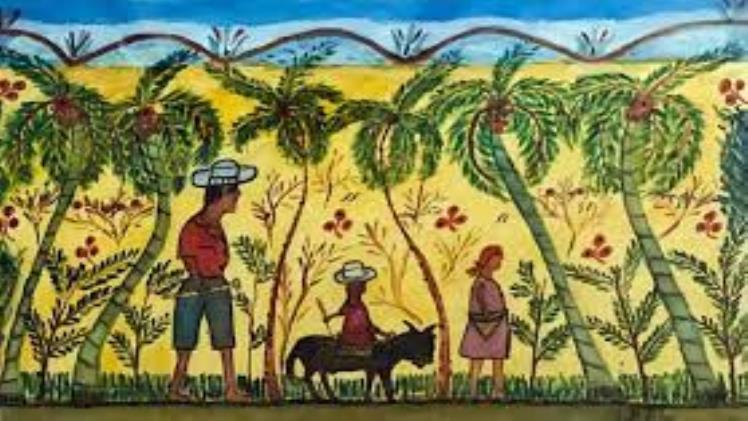The Arts and Historical Influences of Haiti and Its Vibrant Artists

Haiti has long been a hub of artistic creativity. Its rich cultural heritage has been shaped by African, European and American cultures as well as religious beliefs.
Haitian artists have created vibrant and captivating works from a variety of materials. Painting is the most common medium, but they also craft sculptures and other types of art.
The Arts and Historical Influences of Haiti
As society became more interconnected, people began traveling and exchanging ideas with one another. This spurred the emergence of new artists who created artwork inspired by their experiences. The earliest examples were paintings depicting natural landscapes – often featuring tropical plants or animals.
These paintings served to express the artists’ emotions and show off their culture and heritage.
Haiti has endured difficult economic and political conditions, yet its people have continued to create art as a means of self-expression. As a result, Haiti boasts some of the most talented and prominent artists in all of the Caribbean.
This exhibition featured self-taught painters who created their art by working from the natural surroundings of Haiti. Their paintings illustrated both the suffering of its people and its environment.
These painters are members of Haiti’s Indigenist movement. Drawing inspiration from their culture and living as their ancestors did before European colonization, these individuals strive to preserve and celebrate their heritage.
However, some painters from the Indigenist movement took inspiration from the Western world and attempted to imbue their style onto Haitian culture. The artworks created can be seen as both nave and idealistic, or they may reveal suppressed longing for an ordered and peaceful life.
Contemporary Haitian artists are more experimental, seeking to challenge and explore their culture. Their works may be abstract and vibrant or they may illustrate a particular social or political issue.
Some of these artists are based in Port-Au-Prince’s capital city, while others reside in rural areas. All produce work that is both visually stunning and evocative of their country’s culture.
They possess an intense respect for their land and country, which can be seen through the way they decorate their homes and use materials to craft artwork.
Over the course of a century, Haiti has developed an impressive artistic tradition that speaks to the country’s vitality and indomitable spirit. Their varied styles and movements contribute to creating something uniquely Haitian in terms of art.
Haiti’s modernist art movement emerged during the 1940s and 1950s. This brought modernism to the country, and many of its artists went on to achieve international recognition.
The modernist movement brought a sense of liberation and independence to Haitian artists. This was an enormously significant development that strengthened their sense of pride in their country.